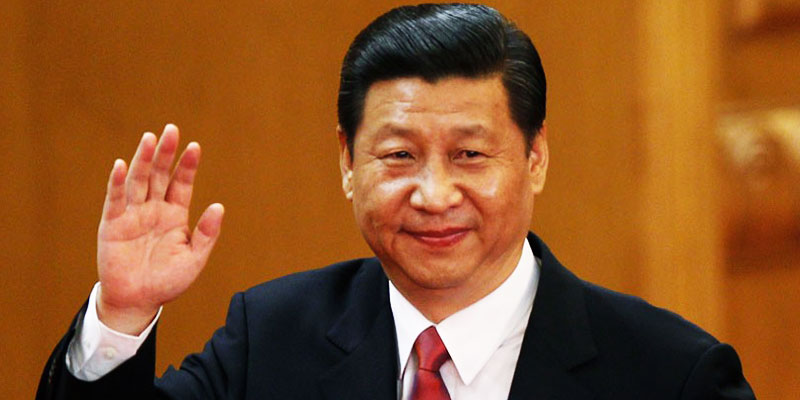This week, in a step that could redefine the fragile equilibrium between India and China, both countries signed a Memorandum of Understanding (MoU) to reduce border tensions in the Ladakh region, near the Line of Actual Control (LAC). This agreement, which includes plans for joint patrols, aims to ease the strained relations following the deadly Galwan Valley clash in 2020, where soldiers from both sides suffered casualties in a standoff. The encounter left 20 Indian soldiers dead, while China did not disclose its own losses, though U.S. intelligence later suggested they were greater than India’s. This willingness to enter into a détente raises an enduring question: can India really trust China? India’s show of resilience during the Galwan incident marked a turning point. Despite the casualties, the Indian army’s fierce resistance sent a clear message to Beijing, asserting India’s determination to protect its borders. Since that incident, both countries have engaged in numerous rounds of diplomatic and military talks, but this week’s MoU marks the first significant breakthrough in years. The announcement came just as Indian Prime Minister Narendra Modi prepared to attend the South Asian Association for Regional Cooperation (SAARC) summit in Russia, creating the possibility for a high-stakes meeting with Chinese President Xi Jinping on the sidelines.
Yet, credit for this apparent diplomatic thaw may not belong solely to India and China. Russia’s President Vladimir Putin has reportedly played a quiet but crucial role in encouraging dialogue between India, China, and Brazil as a path toward regional stability. Despite Western sanctions on Russia following its invasion of Ukraine, India has maintained its relationship with Moscow, defying U.S. pressure. While the Ukraine conflict remains controversial, Russia’s rationale, framed as a response to perceived NATO encroachments, has drawn some support among its allies, including China, which has generally remained neutral but has implicitly backed Russia. Putin’s sway in fostering India-China discussions could be seen as part of his broader agenda to counterbalance U.S. influence, aligning Russia with the other major communist powers and reshaping alliances in the East. China’s relationship with the U.S. has soured recently, and Russia has emerged as a stabilizing influence in its interactions with India. Both Russia and China share common goals in challenging Western dominance and consolidating regional power. The new MoU between India and China could be a result of China reconsidering its traditionally expansionist stance in favor of a more pragmatic approach. While India’s political landscape may also play a role, China likely realizes that India, under the leadership of Prime Minister Modi and the National Democratic Alliance (NDA), will not back down easily. With the NDA recently winning a third term, China’s chances of influencing India through domestic political avenues have dwindled.

Furthermore, India’s rising economic clout and investment in its military are reshaping regional dynamics. Over the last decade, India’s economic growth has been remarkable, and recent reports position it among the world’s fastest-growing economies. By 2026, India is projected to become the world’s fifth-largest economy, a position that would place it within reach of challenging both the U.S. and China. This trajectory could explain China’s latest diplomatic pivot: recognizing that India has become too influential to ignore, and too strong to intimidate, China appears to have chosen conciliation over confrontation, at least for now. While some observers argue that China’s cooperative gestures are merely tactical, India’s foreign policy, rooted in the principle of “Sarve Jana Sukhino Bhavantu” or “May All Be Happy,” leaves the door open to peace. India’s stance encourages collaboration rather than rivalry, hoping that even nations like China might one day align with India’s vision of global harmony. So, can India trust China? Given the complexity of geopolitics, perhaps trust is too strong a word. India can engage cautiously, balancing its diplomatic and strategic interests. India’s growing economy and enhanced military capabilities, combined with Russia’s support, have strengthened its regional standing. The MoU may reflect China’s acknowledgment of a shifting power dynamic, as India edges closer to becoming a major world power. Whether China genuinely respects India’s position remains to be seen, but for now, both sides seem willing to give diplomacy another chance.





